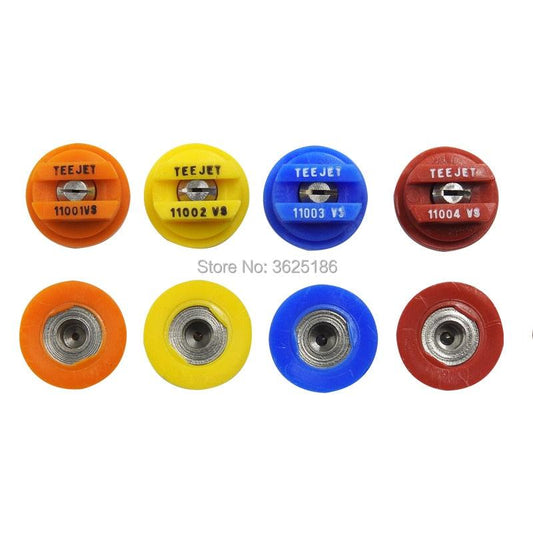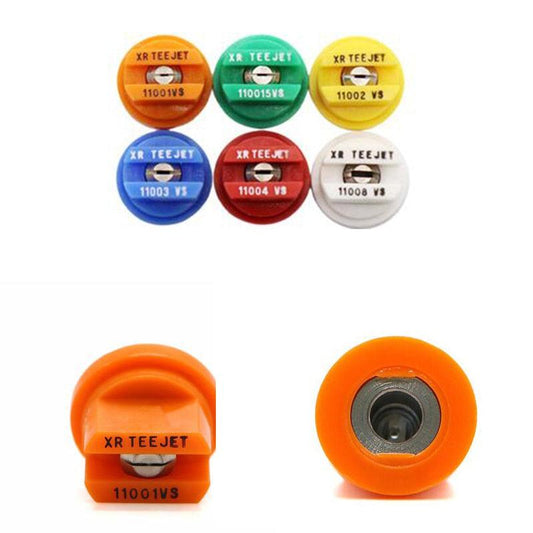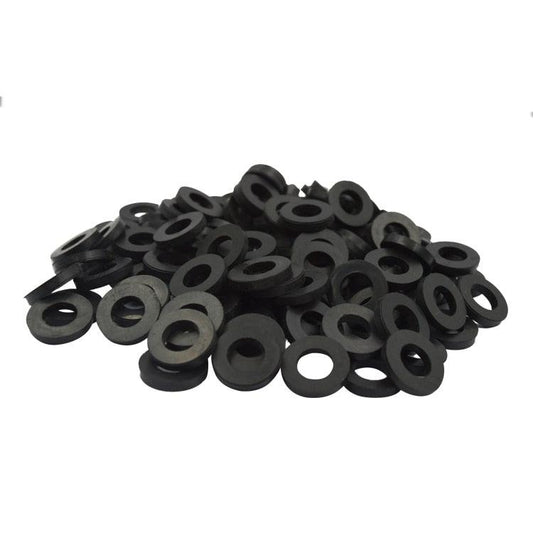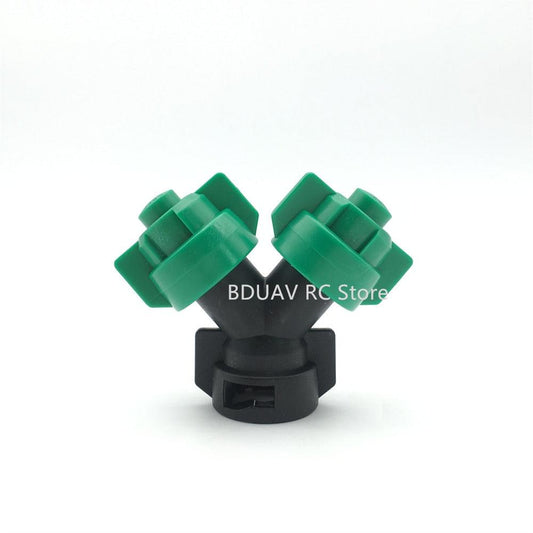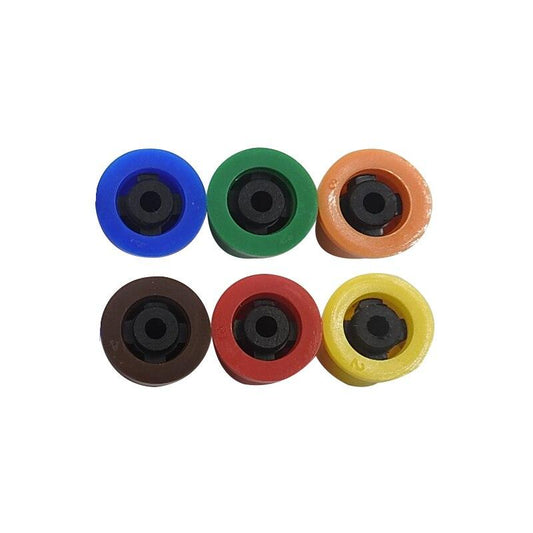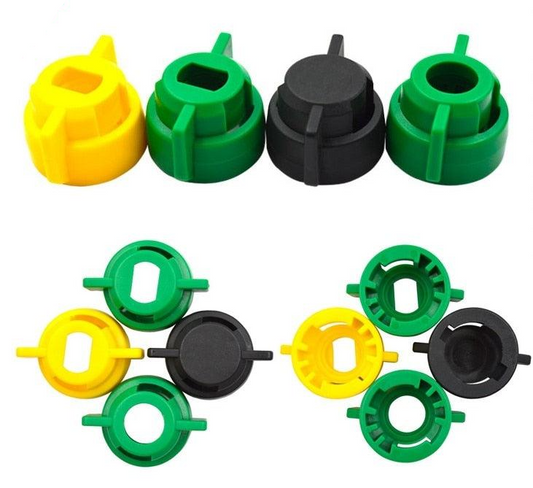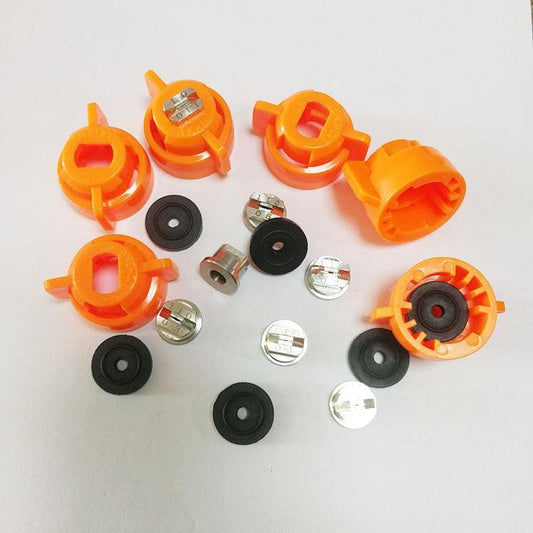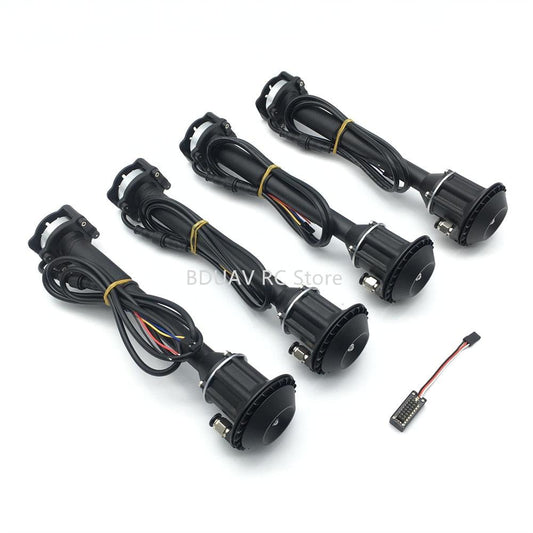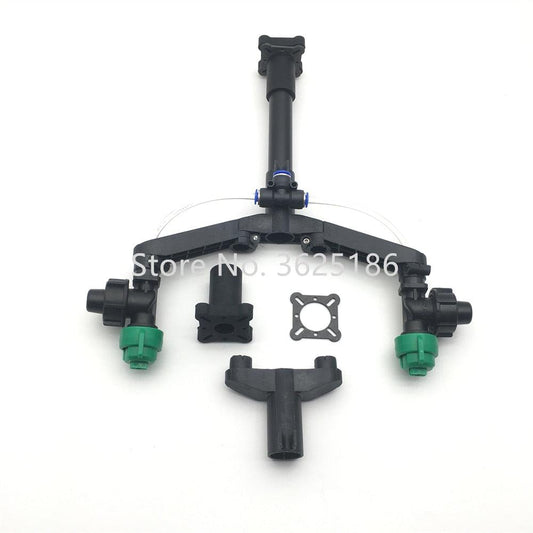-
1pcs DIY Agricultural Spray Drone Nozzle - high pressure atomizing fan nozzle MG-1S aircraft plant protection machine Agriculture Drone accessories
Regular price $23.30 USDRegular priceUnit price per -
1pcs Teejet Nozzle Flat Spray Nozzle - 01 015 Tip Boom Spray Nozzle 110degree Flat Fan Nozzle T20 T16 Agriculture Spray Drone Nozzle
Regular price $24.95 USDRegular priceUnit price per -
Nozzle Sealing Washers Rubber - 50PCS EPDM Seals Flat Gasket O-ring Grommet Sprayer Nozzle Sealing Washers Rubber Accessories for RC Plant Protection UAV Drone
Regular price $27.96 USDRegular priceUnit price per -
1PCS Agriculture Drone Sprayer Nozzle - Assembly Y-shape Bi-nozzle High pressure Double Head Cap Filter for RC UAV Agricultural Drone Accessories
Regular price From $18.64 USDRegular priceUnit price per -
20pcs Cone Round Atomizing Nozzle - Agricultural sprayer 04 06 08 nozzle high pressure anti-drip spray for Agriculture Drone
Regular price $21.40 USDRegular priceUnit price per -
Plant Protection Drone 110°Nozzle - 20pcs LICHENG Agricultural Machine Spraying high pressure 01 015 02 fan nozzle Plant protection drone 110°nozzle spray body
Regular price $21.02 USDRegular priceUnit price per -
20pcs EFT Plant UAV plant Drone Pipe Nozzle fittings sprayer nozzle sprayer round mouth / flat mouth plug / card cap Agriculture Drone Accessories
Regular price $29.67 USDRegular priceUnit price per -
Spraying Drone Nozzle - 20pcs T16 T20 T30 Agricultural Sprayer TPU 11001 Flat Fan Spray Tip Stainless Steel Plant Protection Spraying Drone Nozzle
Regular price From $27.52 USDRegular priceUnit price per -
3810 Miniature Centrifugal Nozzle - 6S 12S 14S 48V brushless motor centrifugal nozzle DIY agricultural spray drone spray system Agriculture Drone Accessories
Regular price From $27.05 USDRegular priceUnit price per -
EFT Plant Protection UAV Y-typed Bi-Nozzle - Y Double Head Atomization Sprayers Extension Rod for RC Agricultural Spraying Drone Accessories
Regular price From $26.45 USDRegular priceUnit price per
